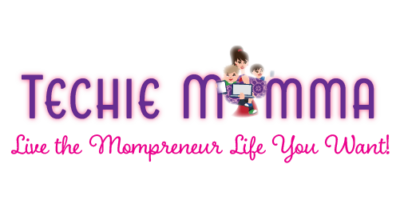Site speed and mobile responsiveness are essential ranking factors. It can be tedious to optimize a blog, and the technical aspect is overwhelming for many people. However, you will find that once you get the basics down, keeping your WordPress site up and running is actually quite simple. And once you’ve mastered blog optimization, your site will run smoothly, be easier to manage, and likely rank higher.
Choose a Simple Theme
A hugely overlooked aspect of a WordPress site is the theme. How your site operates is primarily determined by the theme’s code. Some are coded well, and some aren’t. Most are intricately designed and include dynamic elements. Yet this requires extra code and media. However, advanced code like this uses resources. From a business perspective, among your startup checklist should be a well-designed website. But your site will load more slowly due to unnecessary code, which can negatively impact SERPs and SEO.
Always Use Compression
Media loading is an essential factor in the speed of a site. The importance of adequately optimized media is often underestimated by bloggers. However, resizing as well as compression is crucial. When dealing with large images and videos, compression is vital. By using free software such as GIMP, an image file size can be significantly reduced without losing quality. Also, WordPress has many image compression plugins to choose from. However, consider investing in professional software like Adobe Photoshop and Adobe Premiere for video content for the best results.
Understand the Cache
If you wonder what the difference between a browser cache and a blog cache is, you are not alone. Caches in browsers and blogs work separately, but they are very similar. Files are stored in the cache for later retrieval. However, your blog can be slowed down by too much cache storage. Therefore, it is essential to manage your site’s cache to improve blog performance. A popular choice for WordPress websites is W3 Total Cache which allows you to set storage limits. This ensures that the cache won’t become too large and negatively impact your Google SiteSpeed or SEO score.
Reduce Unused Code
Plugins enable your blog to gain new features as it grows. The problem with these features is that they often add more code to your website. This extra or poorly optimized code will gradually degrade your site’s performance. However, code can be modified without being a programmer. Known as “minifying,” all the HTML, JAVA, and XML code in your WordPress site that is not required can be condensed or safely removed using plugins. Excellent choices include plugins such as AutoOptimize. In addition, you can check your site’s performance following optimization using Google PageSpeed Insights.
Upgrade Your Hosting
Hosting your blog on a poor server will cause all sorts of problems. These issues are more commonplace than most people realize. Poor servers with old technology are usually the basis for lower-tier packages. For today’s blogging needs, solid-state drives and unlimited bandwidth on a modern PHP server are essential. You should also be able to migrate your site to a better server using the tools provided by your current host. Today’s hosts offer better speed and security, including encryption and SSL. If you select a hosting provider, verify that the server information matches your needs when choosing a package.
